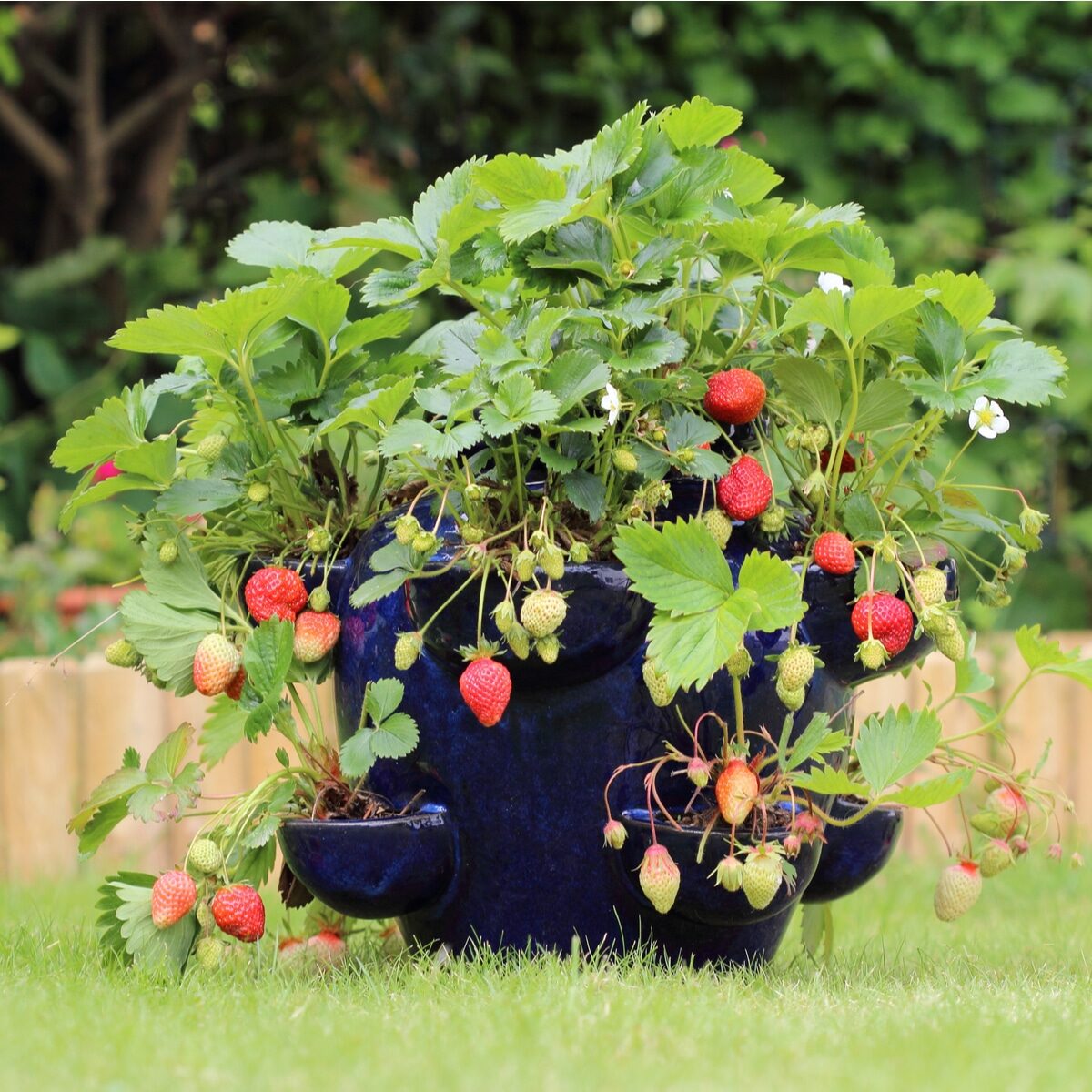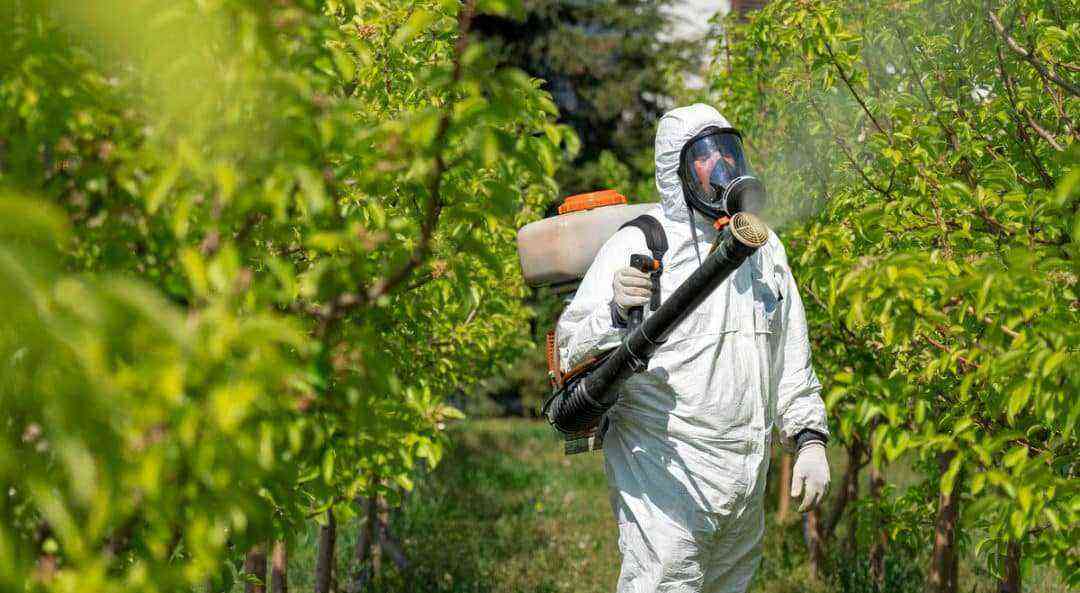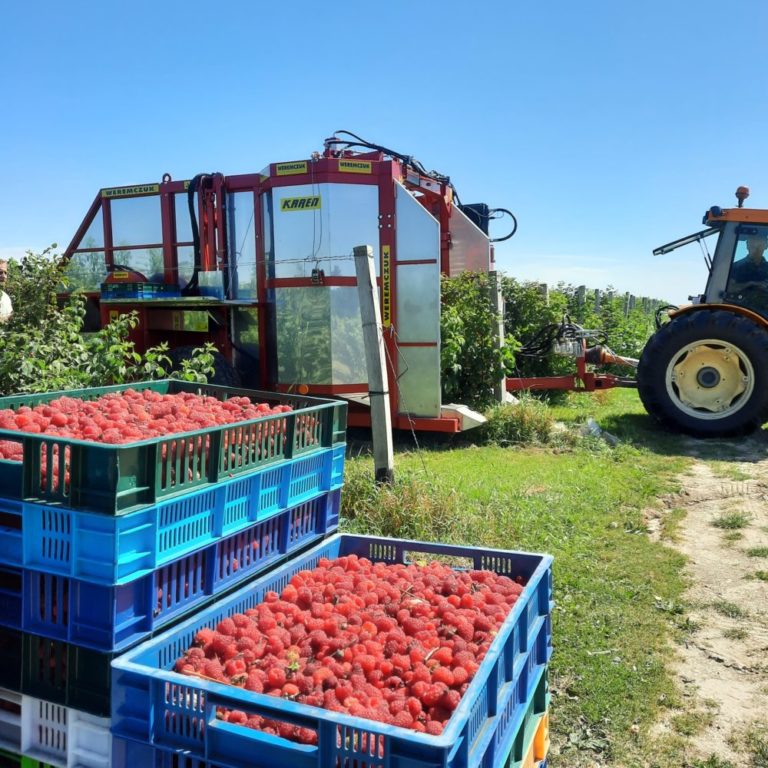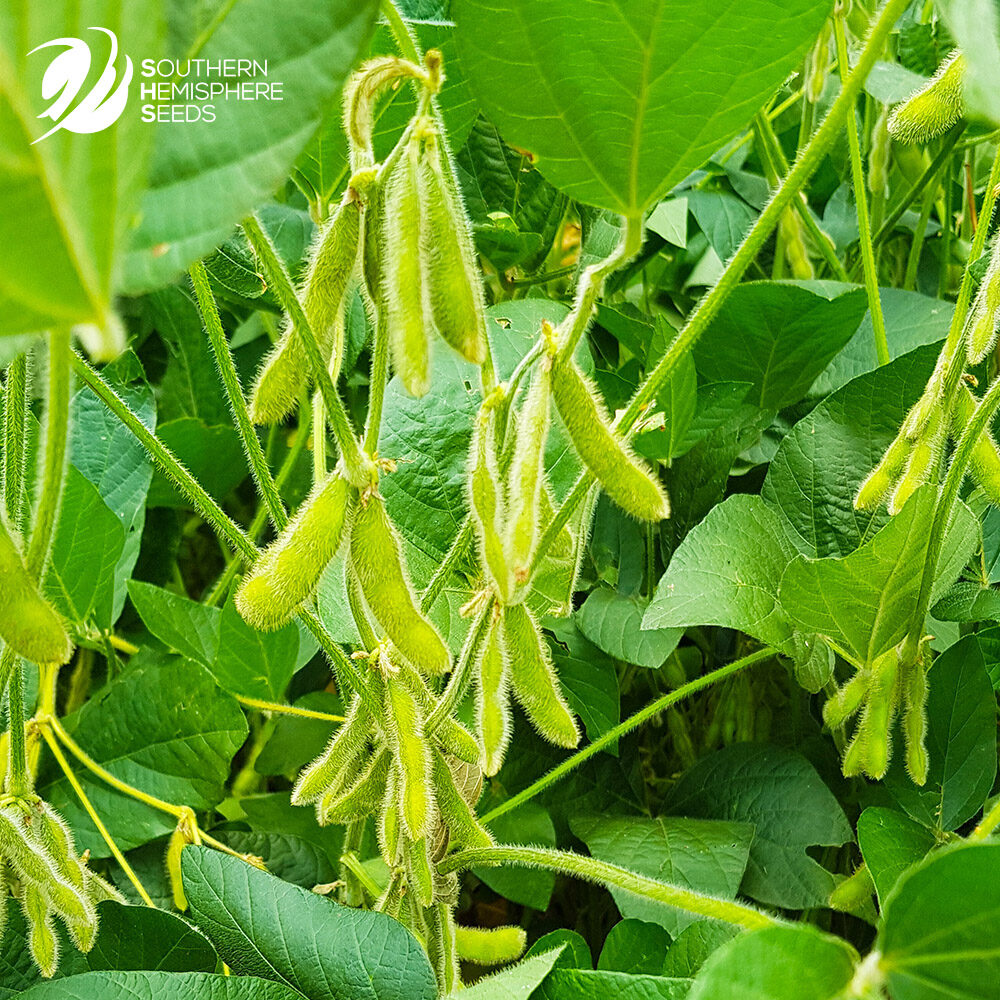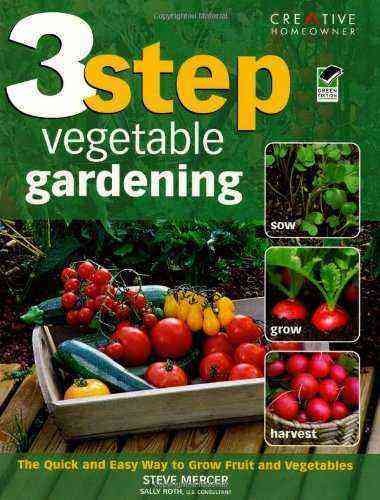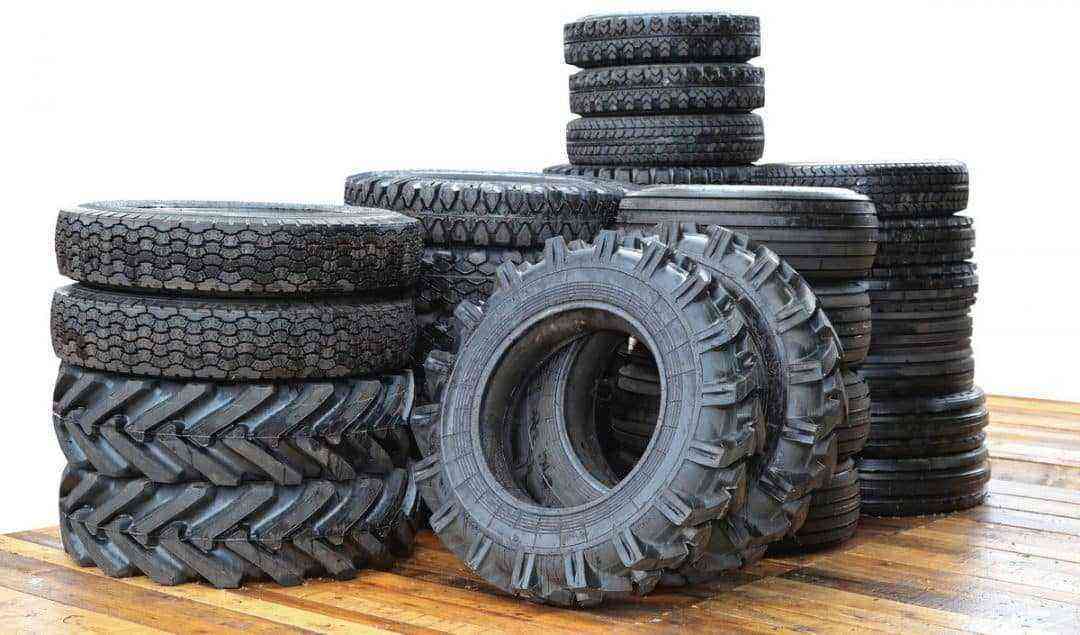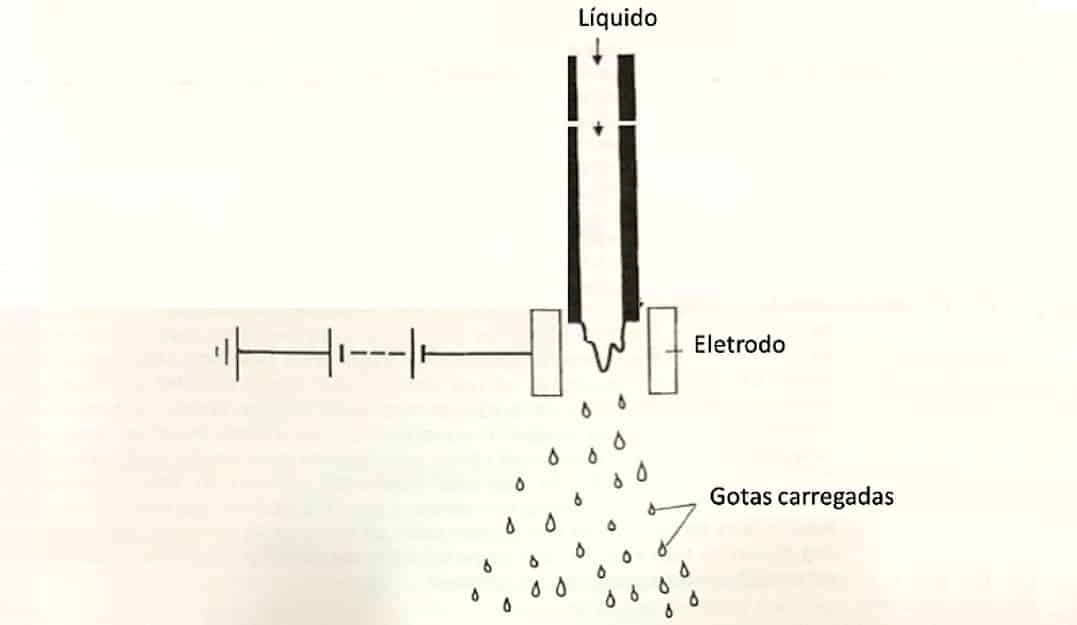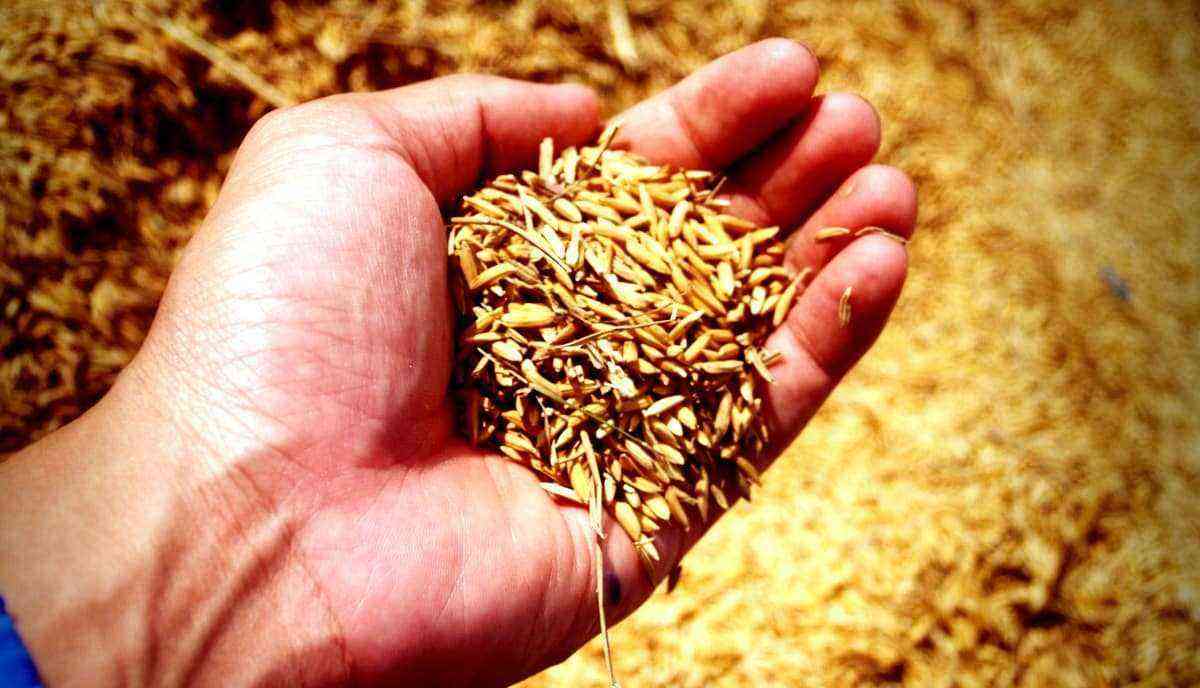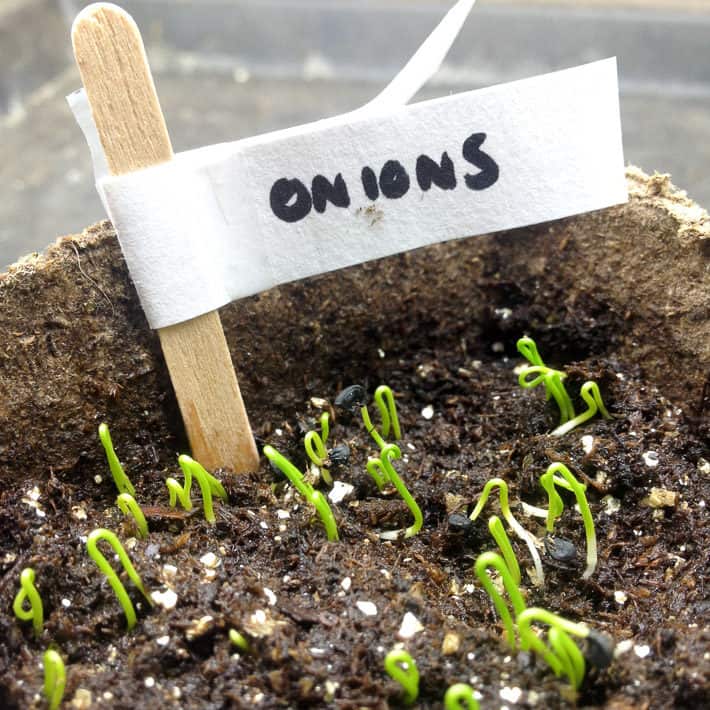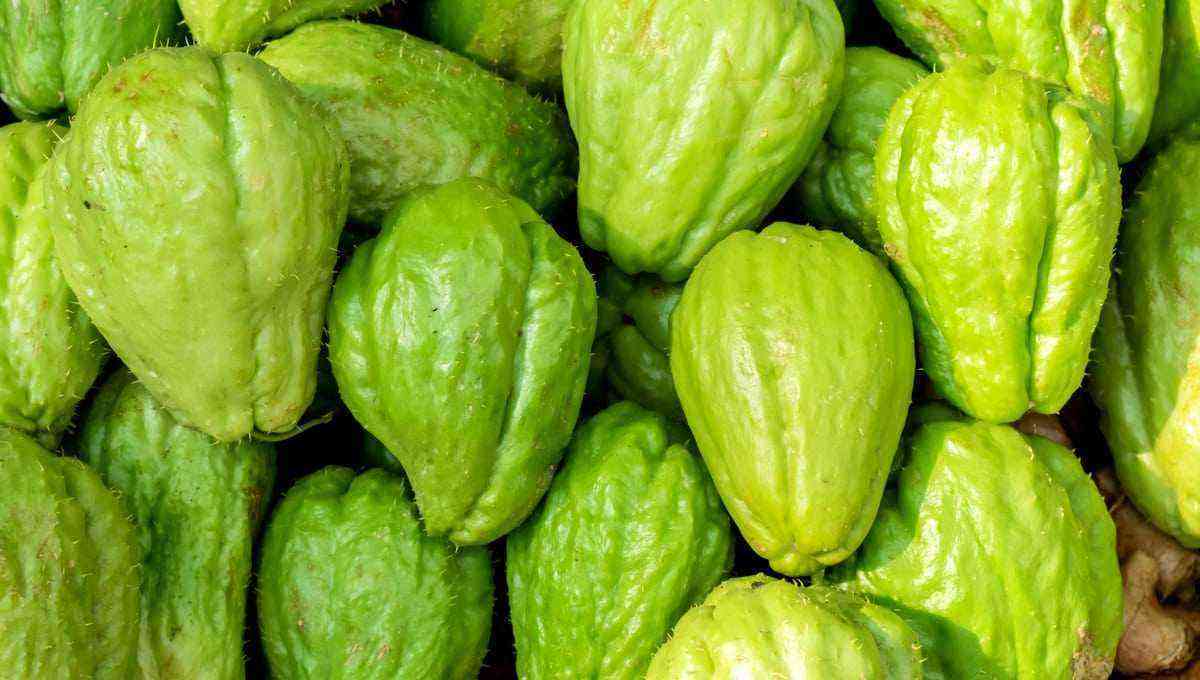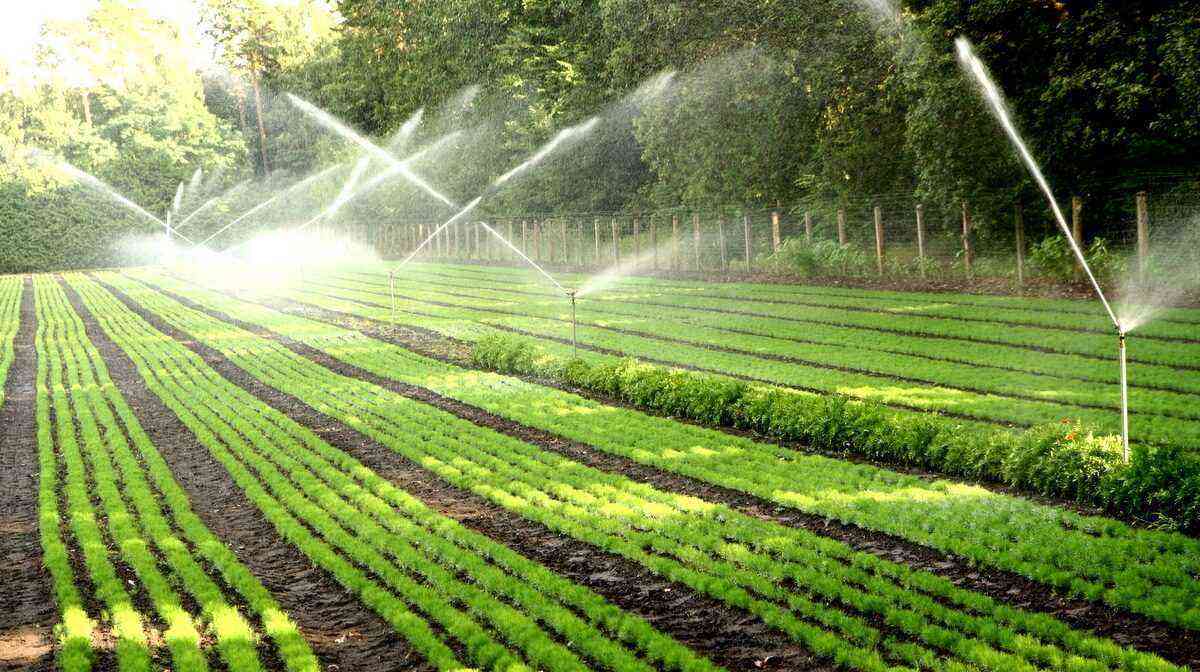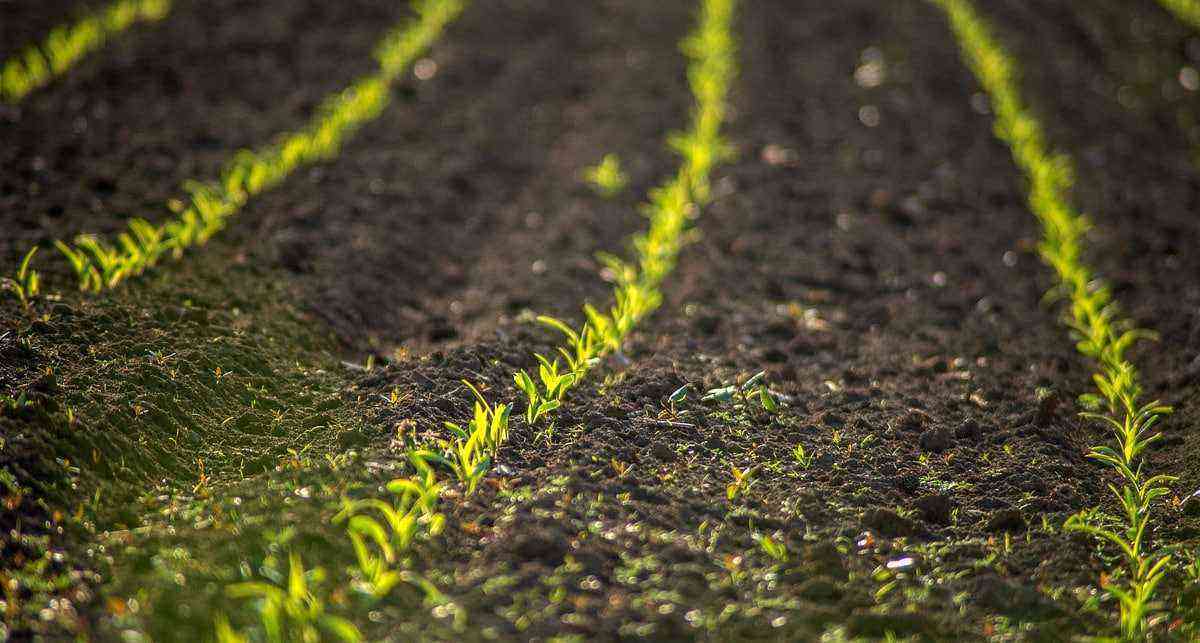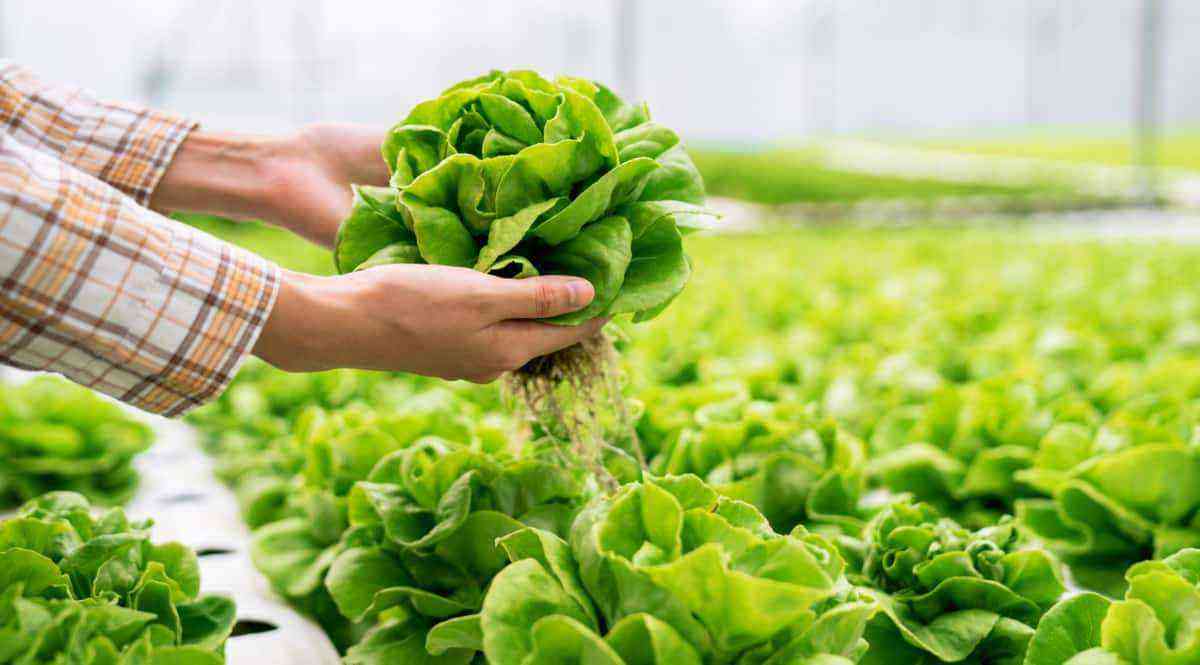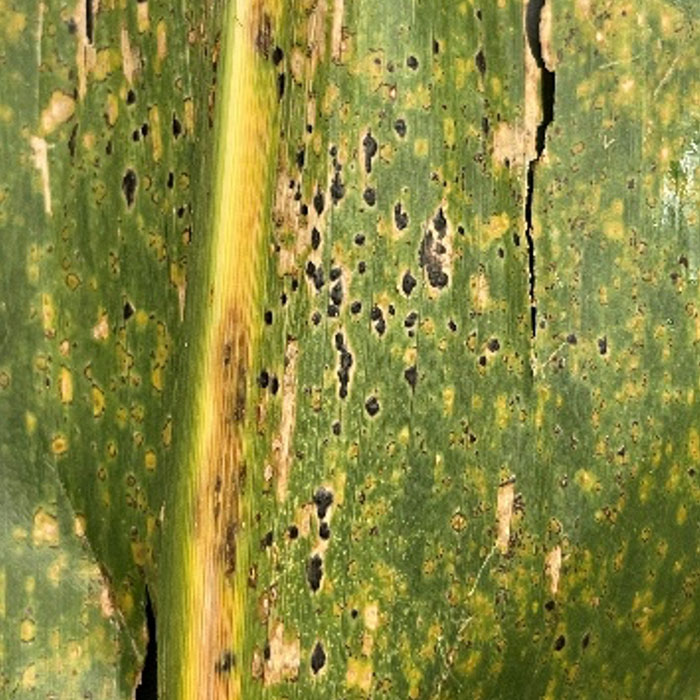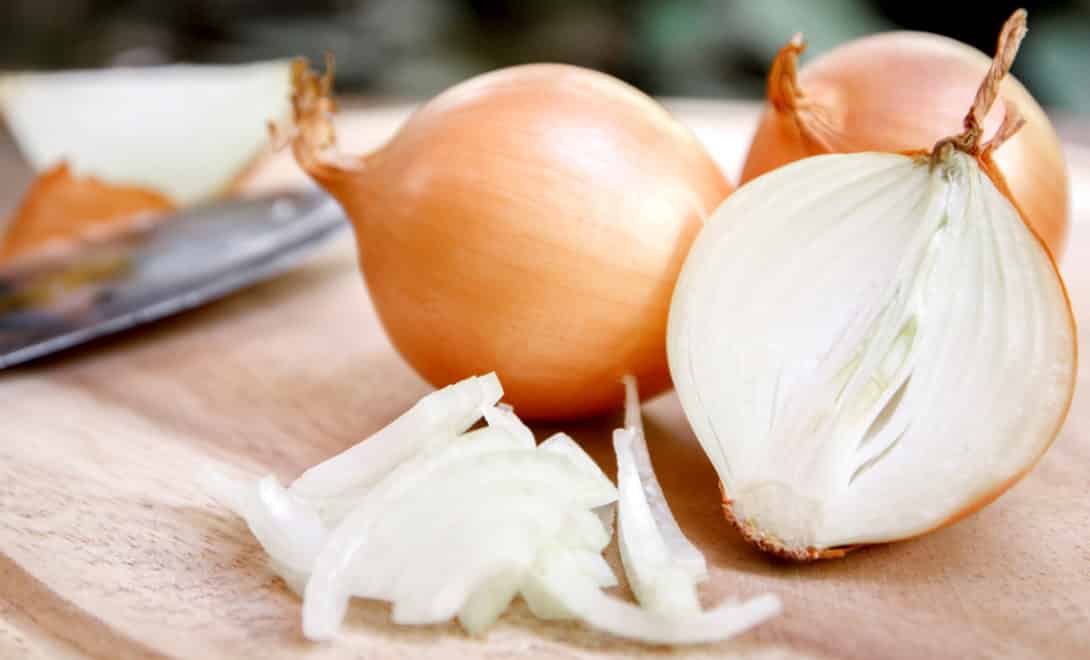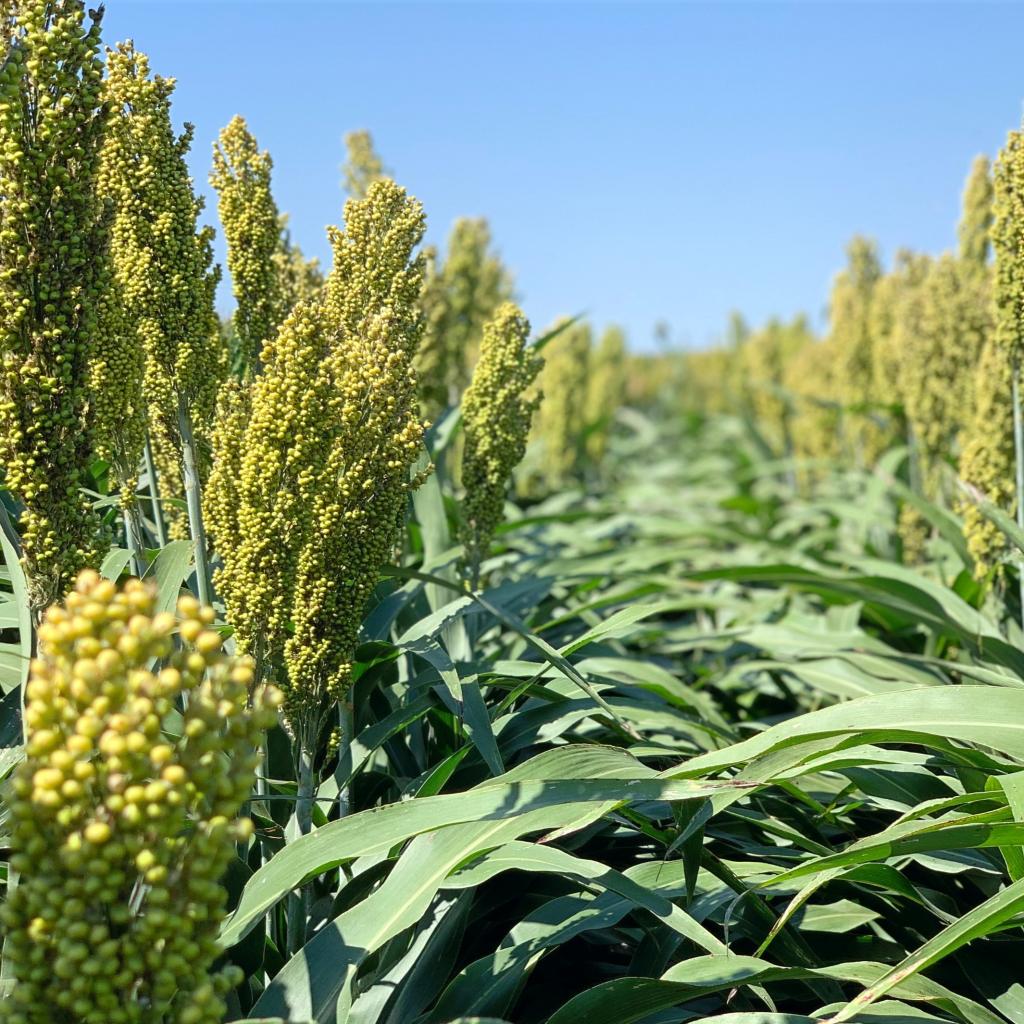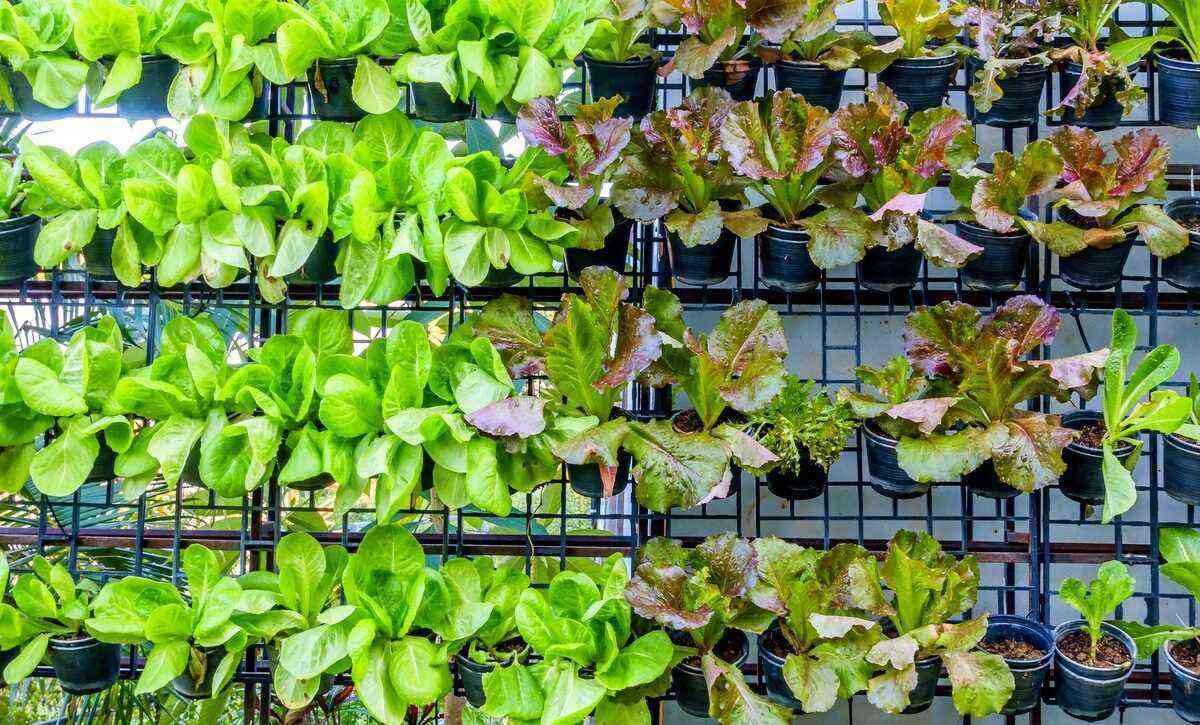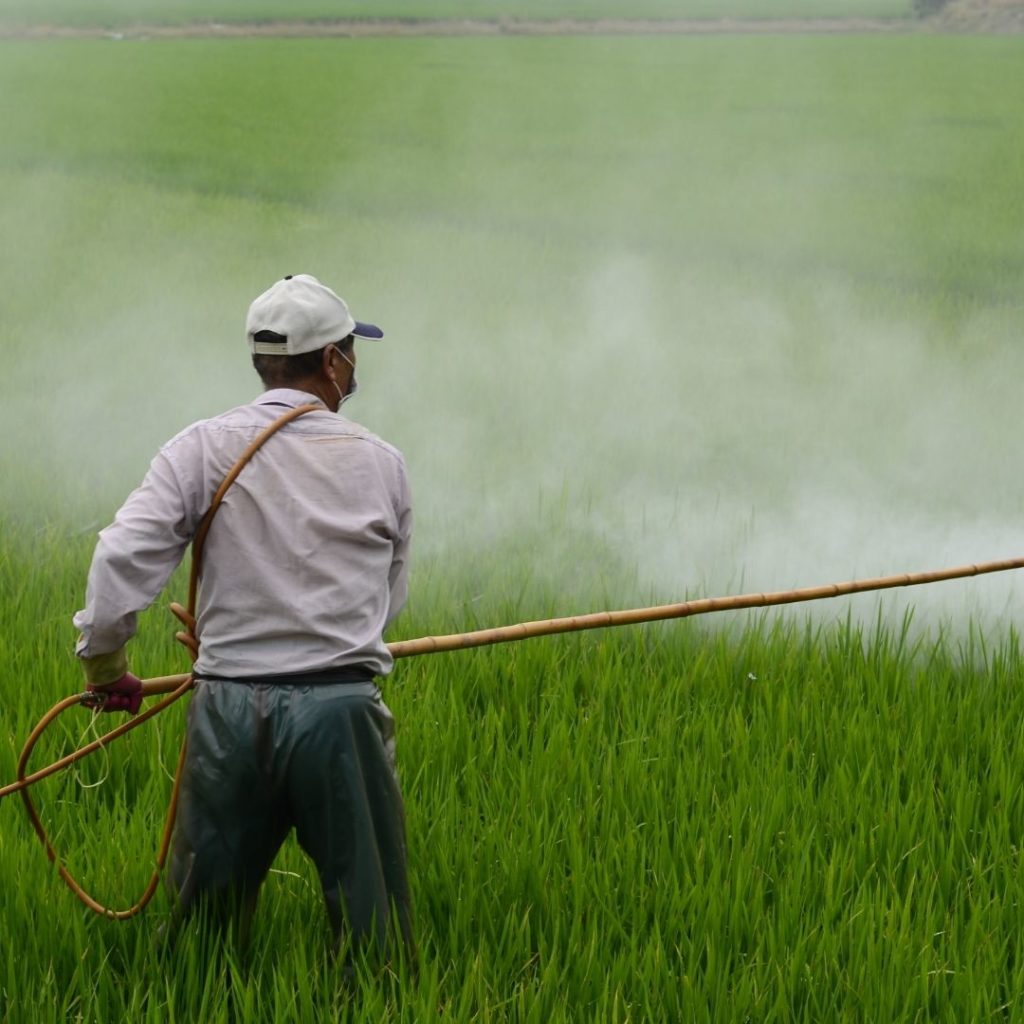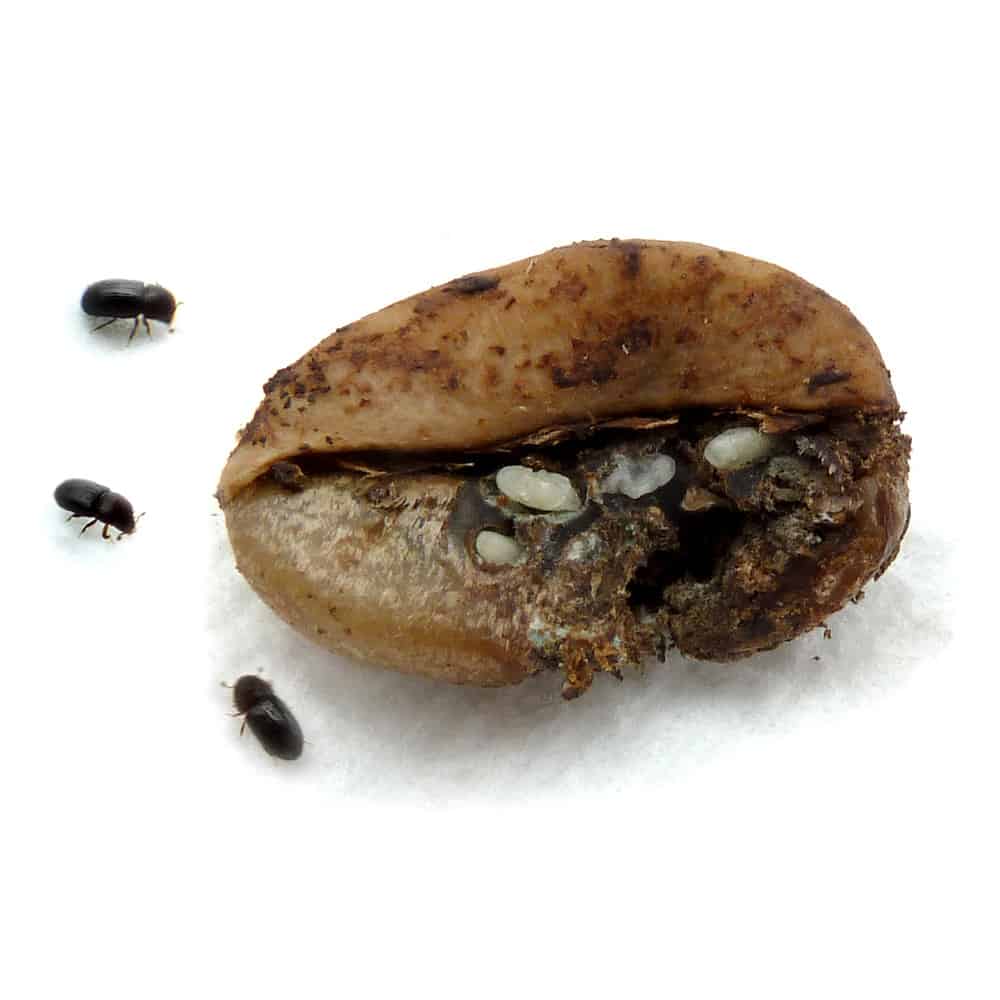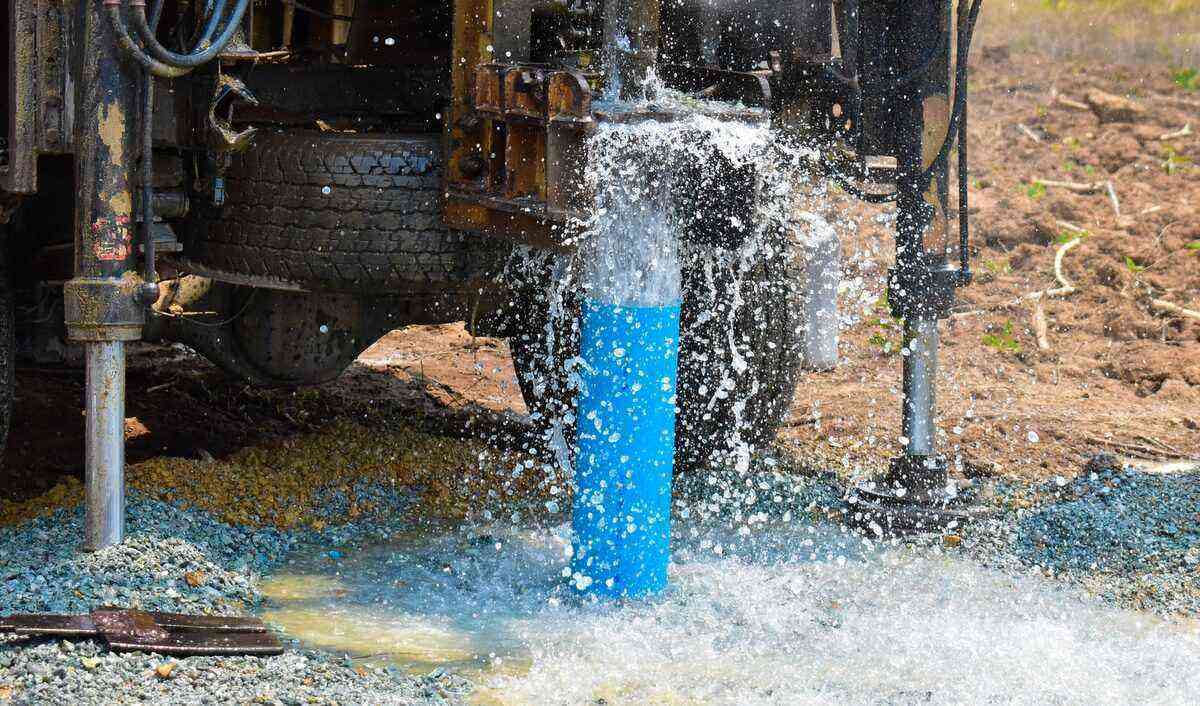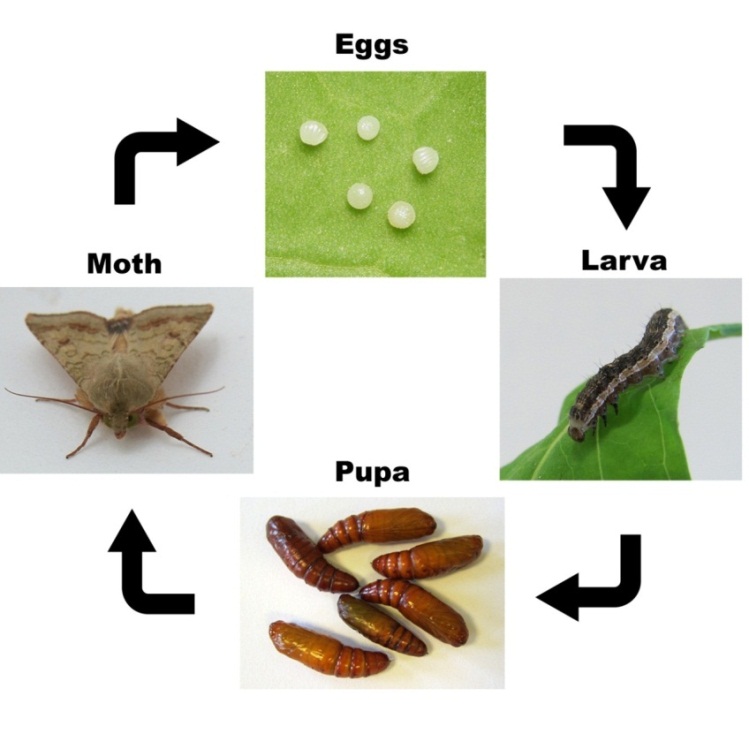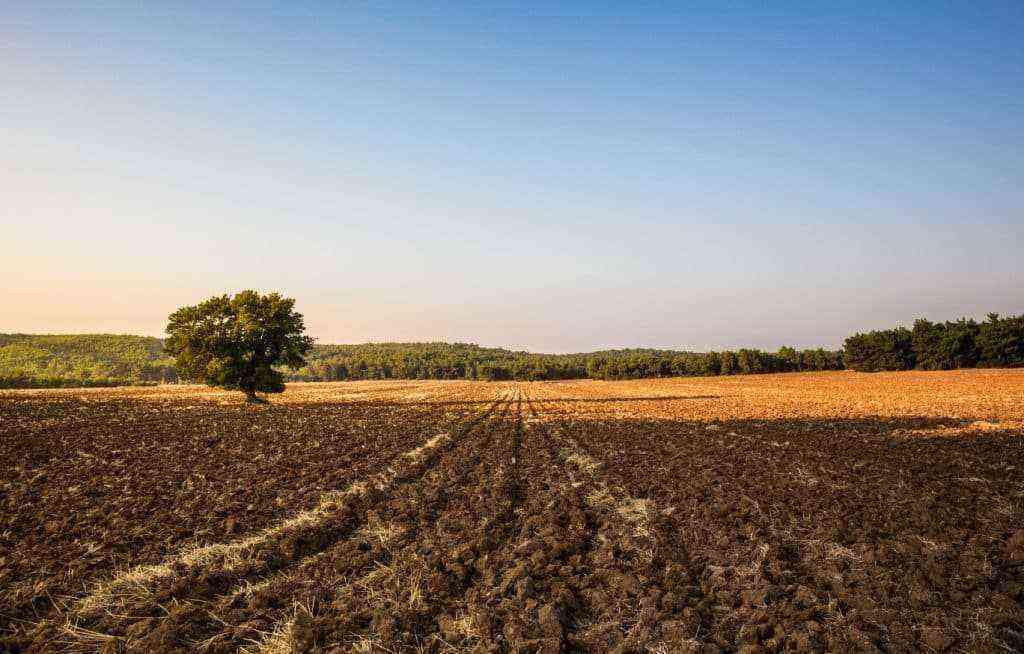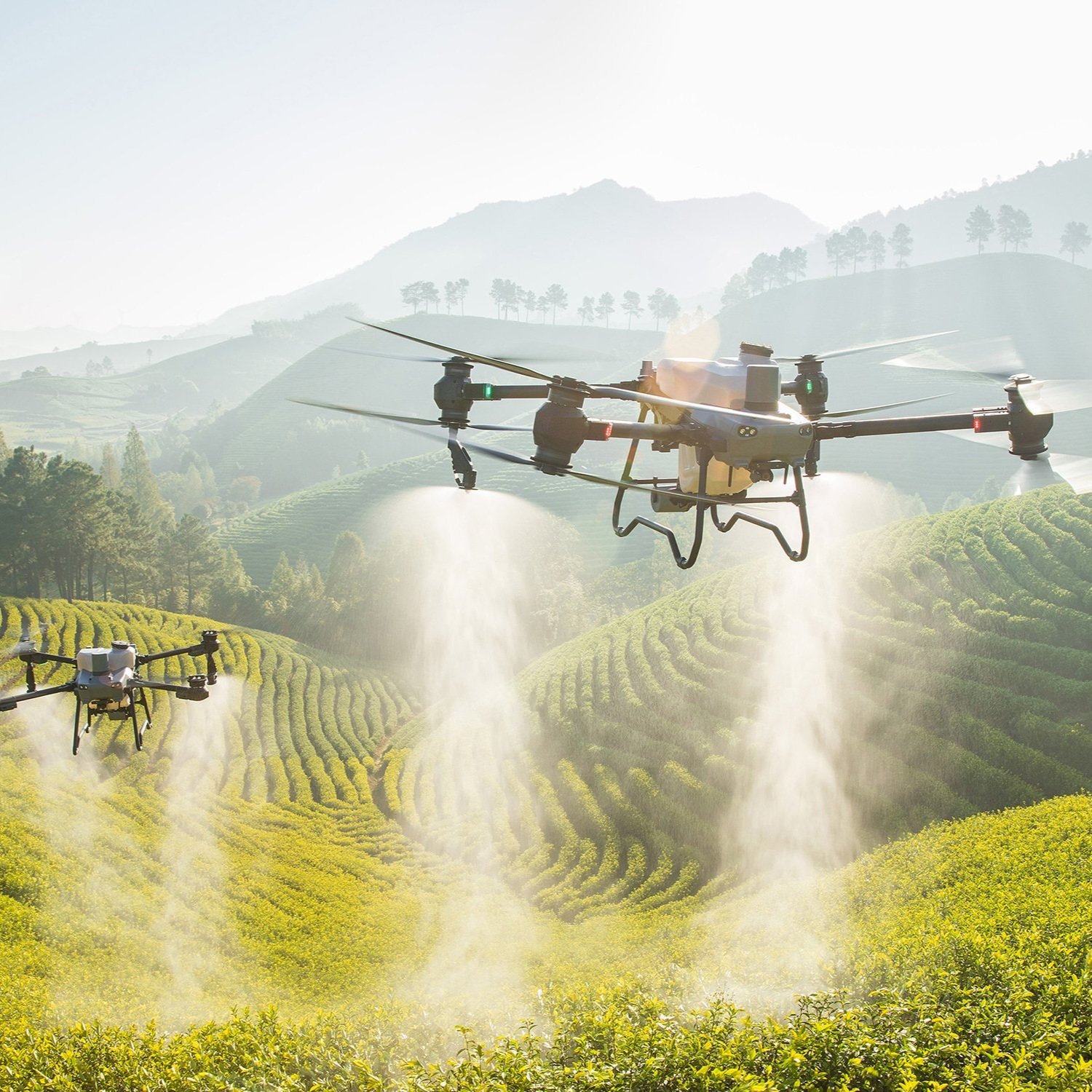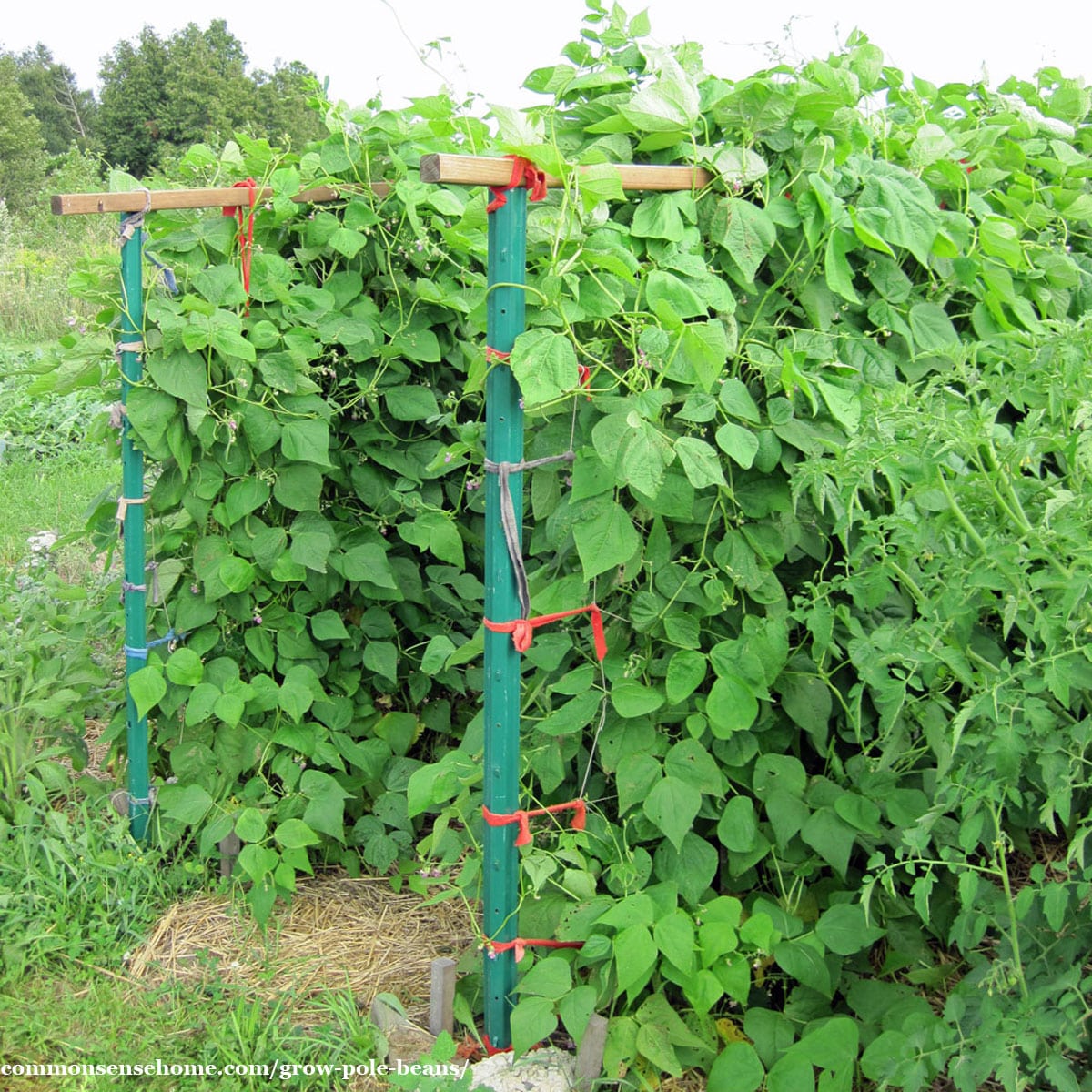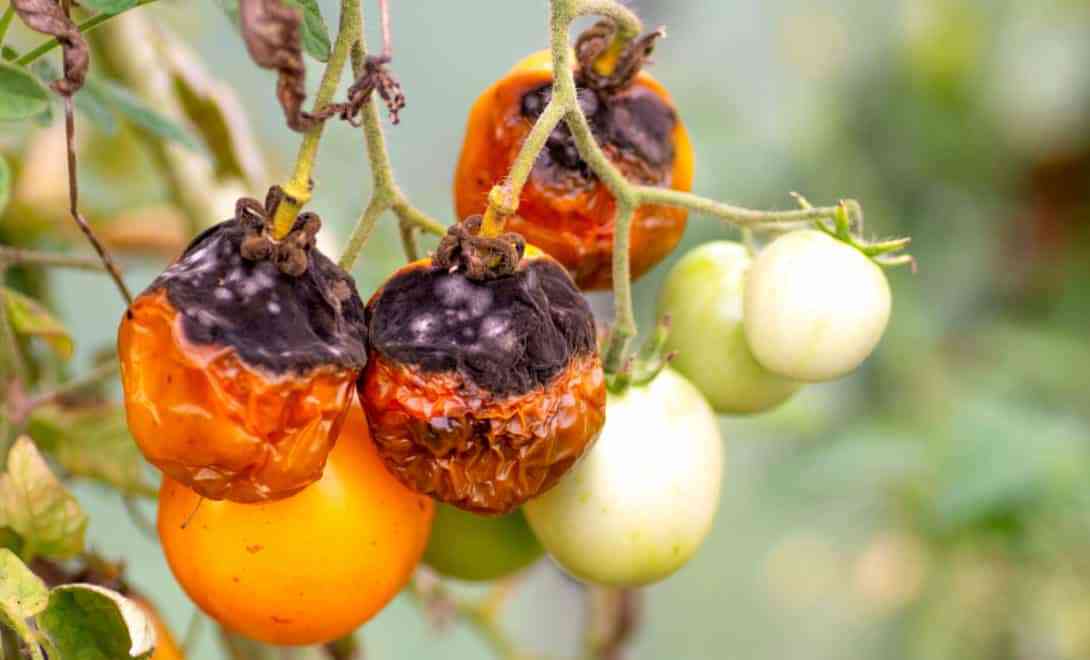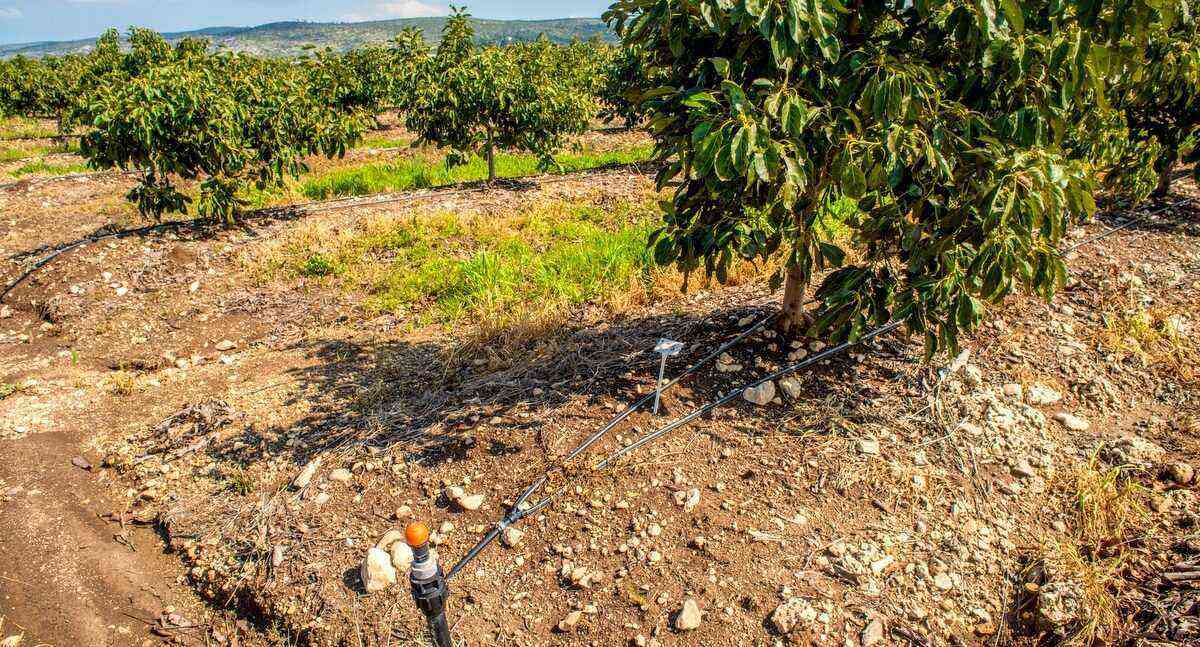Soil correction is essential to maintain the good physical-chemical characteristics of the land, in order to cultivate healthy plants and their good productivity.
However, if this operation is not performed correctly, opposite results may occur. Instead of contributing to the good development of the crop, the soil can harm the plants, causing problems in their production.
With that in mind, we prepared this article to explain how to correct the soil correctly and, in this way, ensure the balance of the land and increase the productivity of your crop.
Keep reading and check out best practices that aim to increase the added value of your products!
How is the soil corrected?
Soil correction is the technique we adopt before planting in order to prepare the land to receive the seeds.
It occurs through plastering and/or liming, which consists of applying substances that increase the calcium and sulfur content, in order to have more interaction and absorption of nutrients, balancing the substances present in the soil, ensuring the good development of plants. .
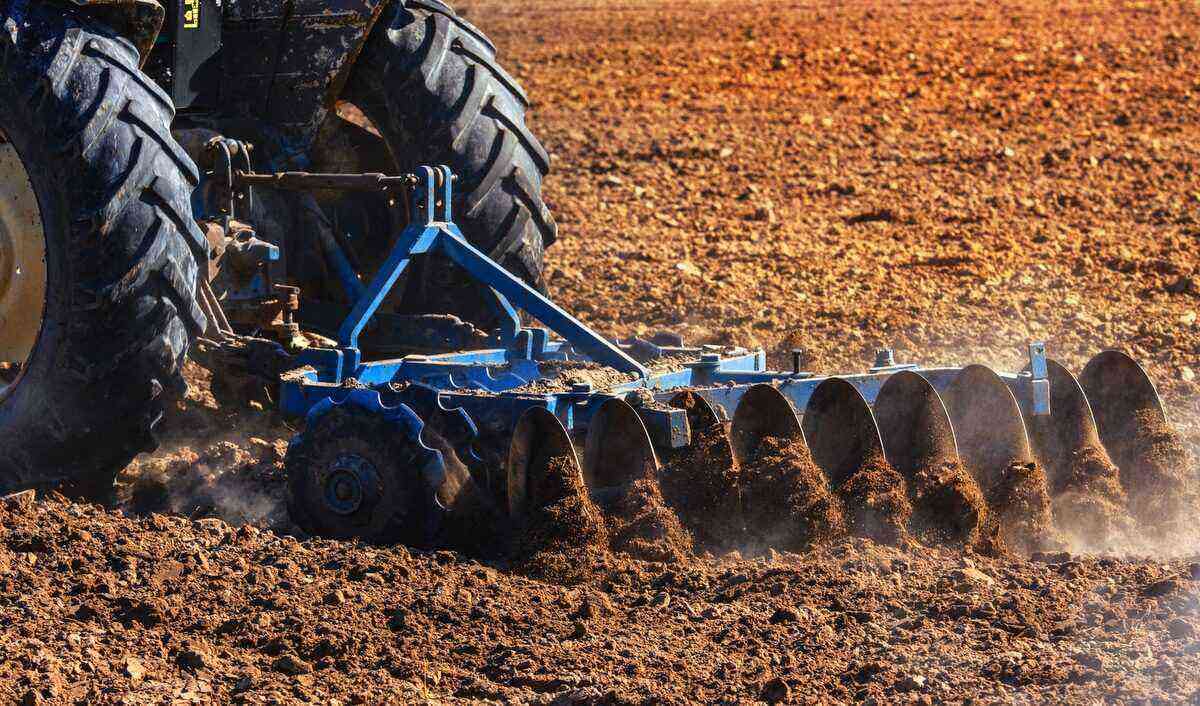
With the preparation of the soil, it is also necessary to do the liming in order to balance the nutrients and substances.
In addition, liming helps to maintain the physical characteristics, preventing, for example, soil leaching, that is, an erosive process that eliminates the surface layer and impairs the concentration of nutrients in the soil.
When making this correction we mainly apply limestone, which can be the raw product extracted directly from limestone rock, as well as from four other types of limestone:
There are different methods used when liming is carried out, such as those of Embrapa and IAC (Instituto Agronômico). Other products can be applied together with limestone, depending on the needs of each property.
What are the benefits of liming?
In Brazil, the soil naturally has a very low pH, which increases its acidity. This chemical characteristic makes it not very suitable for agriculture, since important nutrients, such as potassium, nitrogen and phosphorus, are found in reduced amounts.
Therefore, it is necessary to make corrections in the pre-planting phase in order to balance the properties of the soil. Thus, we guarantee that it is suitable for the development of healthy and well-productive plants.
Below, we explain better the benefits of liming the soil, as it is an essential step for any crop.
Supply of nutrients to plants
In order to obtain healthy plants, it is necessary that they receive nutrients in the right amount, which, as we explained, does not happen naturally in the vast majority of Brazilian soil.
After all, liming increases the availability of essential substances, such as those already mentioned (potassium, phosphorus and nitrogen) and also provides calcium, magnesium, in addition to others specific to each type of crop.
Correction of soil acidity
Soil acidity results in a high concentration of Al+3 and H+ ions. As a result of this natural feature, plants have their growth stunted.
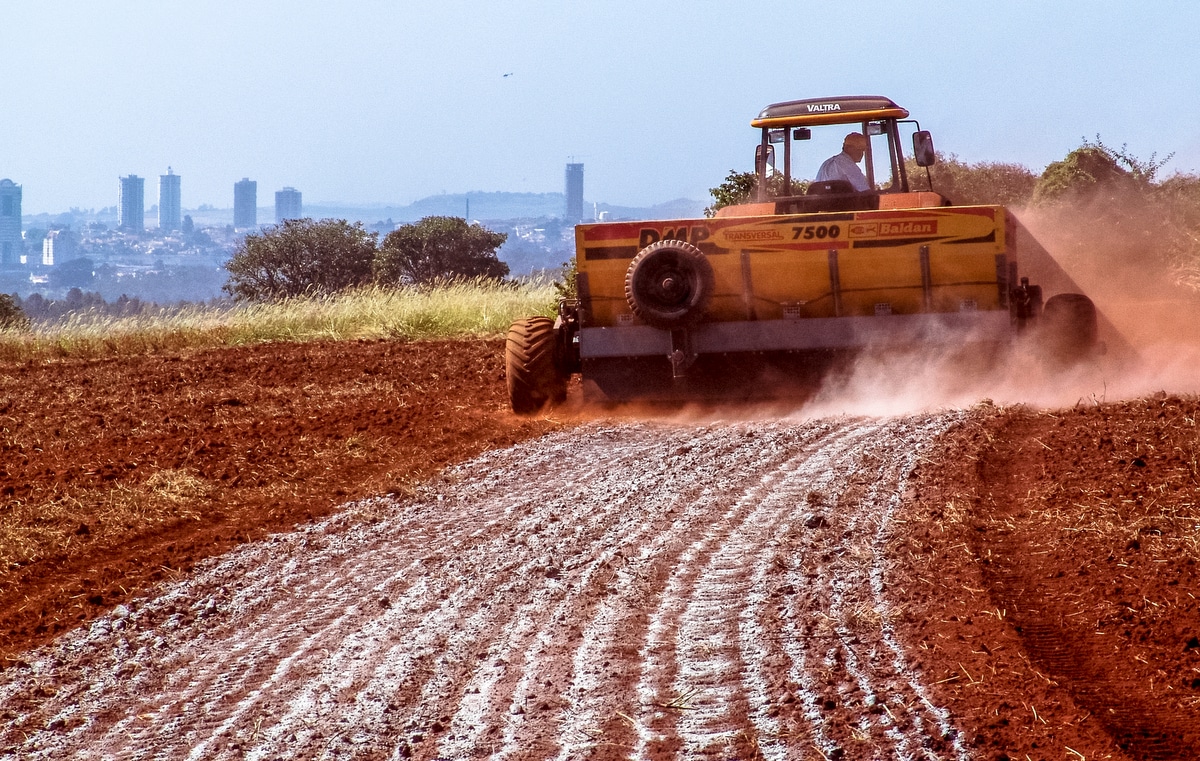
Liming is one of the most used alternatives in soil correction.
However, not necessarily because of the reduced pH, but because it implies a high concentration of aluminum. The acidity correction minimizes the presence of this metal.
aluminum neutralization
Aluminum neutralization is essential because it is toxic to plants. They fail to develop or produce as expected when their concentration is too high. In some cases, there is a risk of the soil becoming infertile.
Development of healthy plants
Soil correction results in healthier plants through aluminum neutralization, nutrient availability and because of the aggregation achieved.
In fact, it makes the land more fertile, even favoring the development of roots. A more robust root system facilitates the absorption of water and nutrients, also preventing the plant from tipping over.
How to calculate the need for liming?
The properties of the plantation area vary a lot not only between regions or cities, but also between neighboring properties. This is because planting a previous crop also causes changes in the soil.
So, each producer needs to analyze the needs of their land and, thus, calculate the liming.

The amount of limestone to be applied to the soil will depend on a chemical analysis.
It all starts with collecting a sample for chemical analysis. It will determine the ideal amount of limestone in order to make the soil correction, as well as other characteristics that need to be corrected and, therefore, make planting viable.
To do this calculation you will need some variables:
- The base saturation of the soil (V1);
- The desired saturation, between 50 and 60% (V2);
- A CTC (cation exchange capacity) at neutral pH;
- 100/PRNT of limestone (f).
You will find the amount of tons needed per hectare to make the correction. Playing in the formula, we would have the following structure:
NC=[(V2-V1) x T x f/100
Note that, in addition to the values obtained in the chemical analysis of the soil, we have to consider the PRNT (Relative Power of Total Neutralization) of the chosen product. You will find products with a higher or lower percentage with the limestone distributor.
The higher the PRNT percentage, the faster the product acts on the soil. However, your liming requirement calculation will show the amount of limestone needed per hectare and you should consider this value and, in this way, know the dose of the product. The formula to be used in this case is:
(t ha-1) x 100/PRNT
Regarding the cost, to know which is more advantageous to your property, it is interesting to make a calculation using the value of PRNT and the cost of the product.
The formula is simple, you just need to divide the price by the PRNT. The value obtained is multiplied by 100. The product that achieves a lower result is the one with the best cost-benefit ratio.
No video below, see how to calculate liming according to each nutrient with a practical example:
Fonte: Just Balanced.
Products used in soil correction
It is worth remembering that soil correction cannot be done a few days before sowing. This is because, while it is acting, limestone makes the earth warmer, making it harmful to planting at that time. Thus, liming should be carried out at least three months before sowing.
As we explained, there are different types of limestone that can be applied, but you can also receive quicklime and hydrated lime, which reduce acidity and provide nutrients.
Agricultural gypsum is necessary when deeper layers of the earth, between 20 and 40 cm, have a high concentration of aluminum.
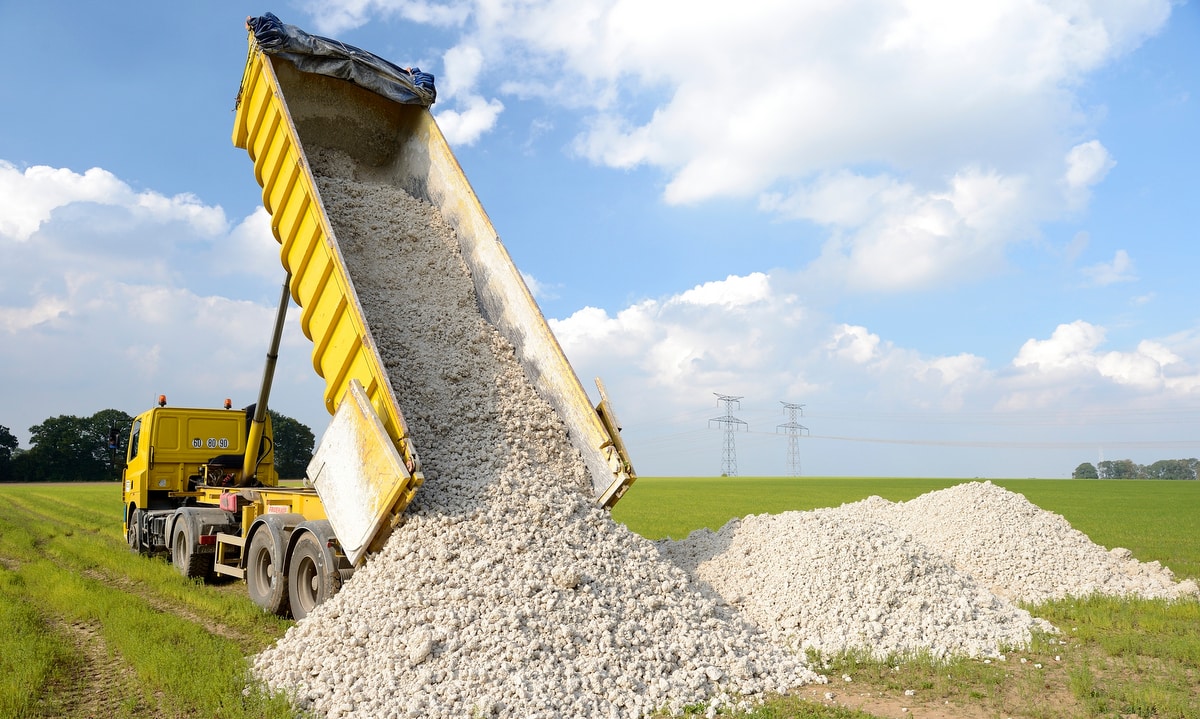
The limestone deposited on the rural property must be applied to the soil at least three months after sowing.
Basic steel slag, a by-product of the iron and steel industry, can also be used in soil correction since it has high levels of minerals such as phosphorus, manganese, zinc and sulfur, in addition to iron, magnesium and silicon.
All these strategies are important in order for you to properly correct the soil, increasing the productivity of your crop.
No MF Rural you will find advertisements with the products needed to liming and care for your crop at all stages of production.
In addition to soil, another factor that greatly influences agriculture is the climate. Read our article on climate impacts on agricultural production right now.

